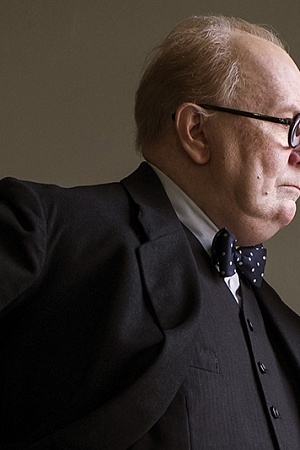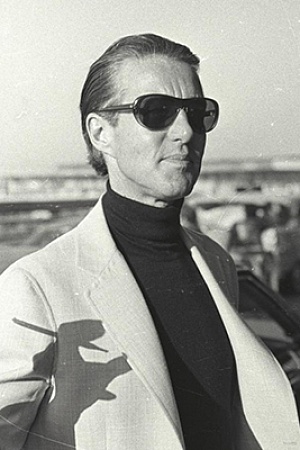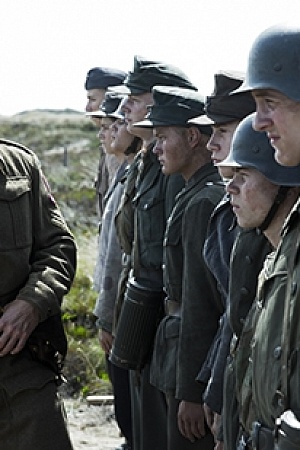Jane Eyre
The opening frames of Cary Joji Fukunaga’s Jane Eyre are startling. Charlotte Brontë’s novel, published in 1847, is a trenchant portrait of female entrapment, but this new adaptation immediately thrusts us outside. A fully grown Jane (Mia Wasikowska) hastens down a hill slope and roams around a vast, viridian moorland. Nearly thirty film and television adaptations have led us to expect to discover Jane as a juvenile prisoner of Gateshead, confined to the sliver of space between window and curtain while a flabby, menacing John Reed hunts her down. Instead, a bird’s-eye shot shows Jane at a crossroad, and subsequent close-ups divulge her crying, the thing she has most been at pains to suppress. The twenty-first-century Jane Eyre is less a victim of cages and cruelties than she is cosmically alone.
Continue reading for only $10 per month. Subscribe and gain full access to Australian Book Review. Already a subscriber? Sign in. If you need assistance, feel free to contact us.


